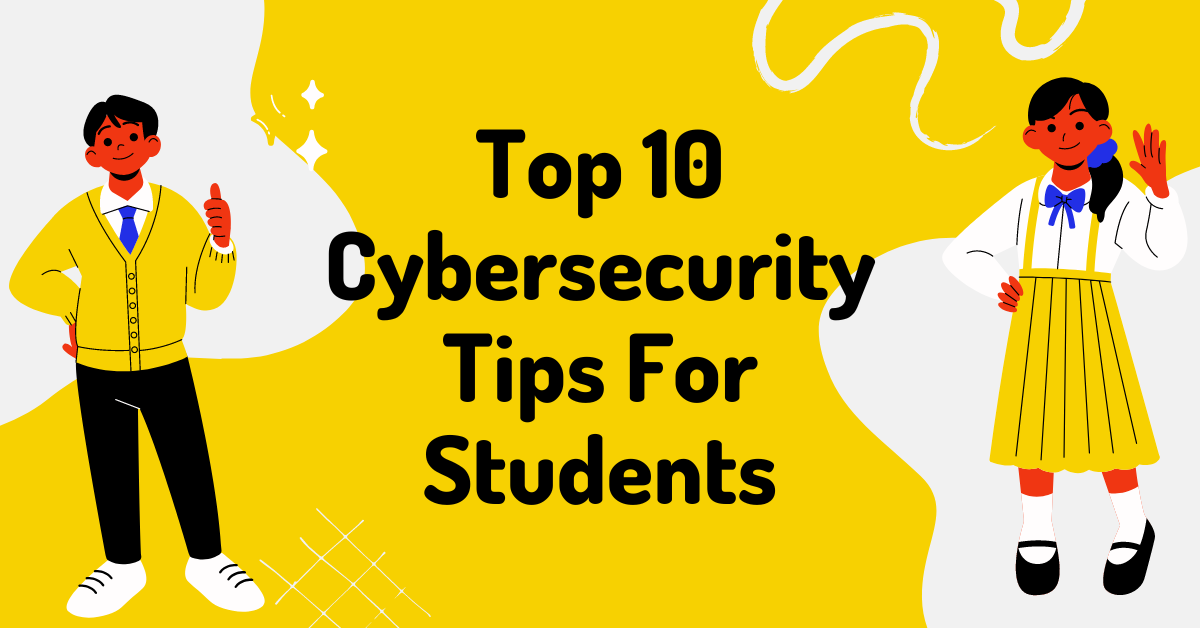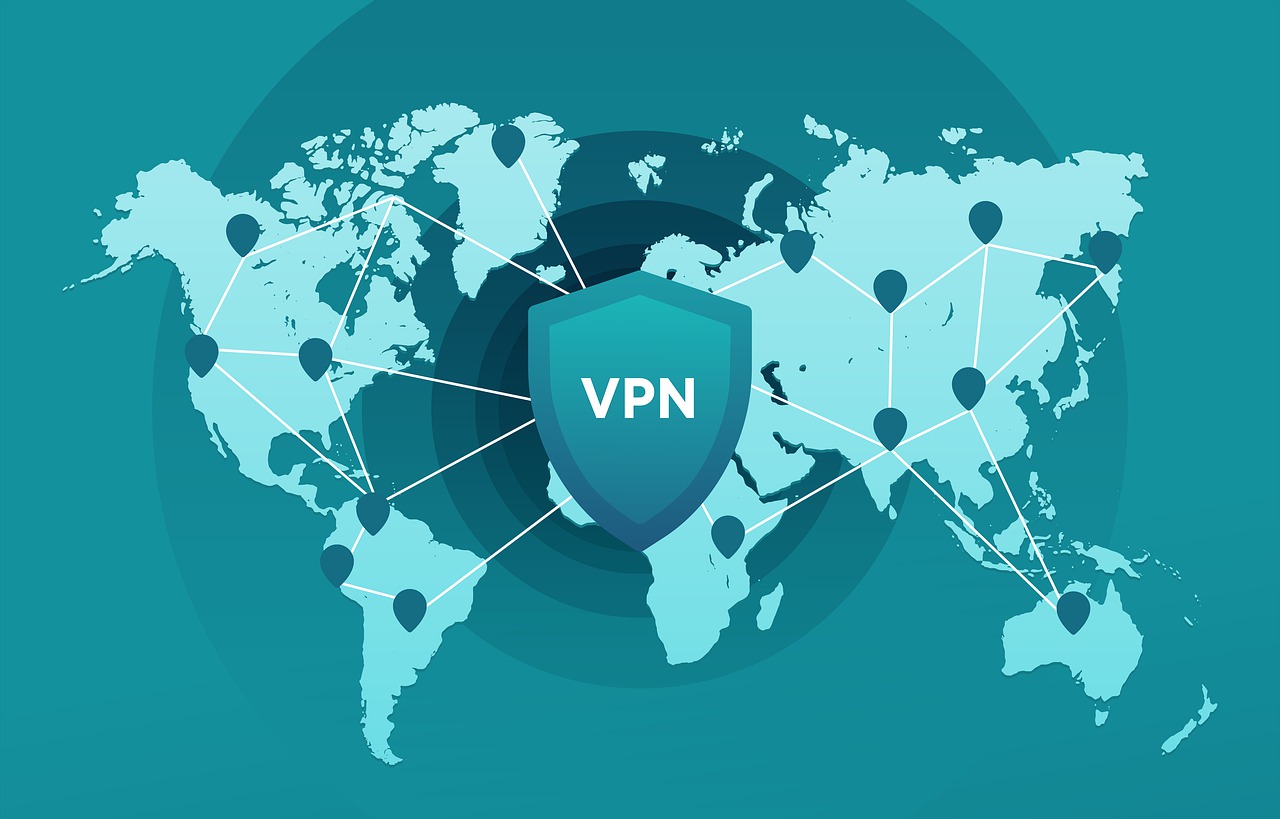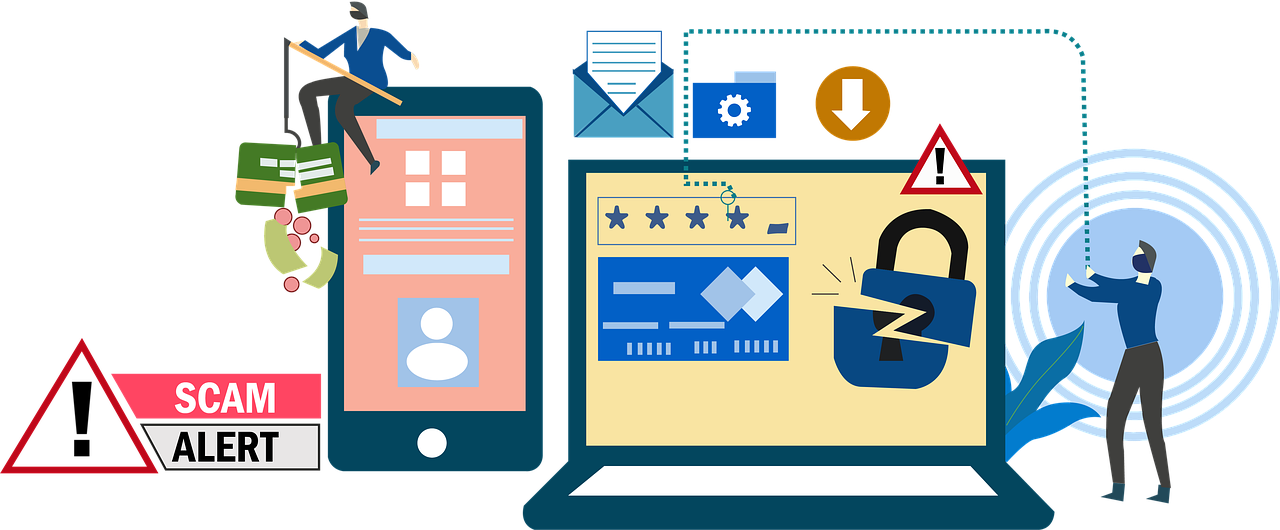This post will show you top 10 cybersecurity tips for Students.
Considering that educational systems are evolving and schooling is now on a significantly remote basis, digital platforms these days are way more relevant than ever.
Advancements in tech are remarkable and welcome. However, a major drawback to using digital tools is the lack of adequate security and a significant increase in incidences of privacy invasion.
Depending on the whims of their administrators, Web-based platforms can quite easily leverage users’ privacy for money. It’s never been more necessary than now to turn up our approaches to securing and ensuring students’ privacy in their everyday business on the net.
We’ve outlined quite some security tips that students and stakeholders can leverage to ensure their interests are well-protected in surfing online.
Table of Contents
1. Secure Your Social Media
For maximum privacy on either of the trio of Instagram, Twitter, and Facebook, you must go over your class accounts’ privacy/visibility settings and adjust accordingly. The platforms grant you absolute autocracy in deciding on who can check out your posts. Ensure you seize it.
For instance, consider switching your privacy options to ‘Visible to Only Friends” in the control tabs on Facebook. Should you have to upload pictures of your students online, be sure you obtain permission from parents or guardians (as applicable), and even then, obscure their faces or other pointers that might otherwise reveal who they are.
2. Use Apps, Tools, and Websites that Encrypt Data
Encryption essentially renders sensitive information indecipherable to unwelcome third parties. Some web apps like WhatsApp typically offer add-ons like end-to-end encryption as a de facto of their operations. However, not all web services out there do.
There are a few tips to keep in mind to know whether or not your information is in dependable hands.
- Look for https:// in place of a http:// in front of the website’s domain in the address bar. For example, suppose you visit a website like Studocu — an excellent online study tool that provides access to quality study materials from top-rated universities. In that case, you’re sure to notice that it also has an https:// before the domain. An https:// essentially indicates that all special details (financial and personal) are unreadable by snoopers or hackers.
- Examine the service’s privacy policies. Generally, that’s the only sure way to know whether or not the app has any protective measures. The best cybersecurity certificate alongside encryption systems you could come across include SSL encryption, peer-to-peer, etc. Essentially, the more, the merrier.
- Lastly, can the site be accessed via Google Search? Google mandates that all website features on its results pages have passed some basic security tests.
3. Have a Recovery Plan
Make contingencies for data leak scenarios. Handlers make errors, and hackers, at times, succeed. In cases of information leaks, plan for recovery steps.
Would you inform the guardians immediately or wait for some time lag before setting out? Will third-party firms be called in to care after the breaches? You should make all these considerations before even setting up a remote learning setting.
Remember that different kinds of data theft require vastly different resolution approaches.
4. Use a VPN
Virtual Private Networks (VPNs) encrypt and anonymize users’ network requests. VPNs are particularly essential for connections made over public networks. Public networks are mostly unsecured and easy to access, so attackers tend to get attracted to public Wi-Fi like moths to a flame.
VPNs route users’ online requests through various web servers, rendering them anonymous and protecting their details.
5. Use Strong and Unique Passwords
Password thefts occur now and then. With techniques such as brute force attacks, weak passwords can easily be cracked in milliseconds. Essentially, passwords with no guessable combination of letters qualify as weak.
For maximum security measures, it’s essential that you do not share your password, and it’s not a word connected to details as those can easily be guessed.
Create unique passwords that typically use a combination of numbers, random characters, and letters in making their passphrases. Use good safety practices, and do not store your passwords in an email as those can easily be breached.
6. Be Vigilant Regarding Phishing Scams
Phishing scams typically take the form of fraudsters impersonating an organization’s legitimate employees and leveraging social engineering techniques to steal critical and sensitive data.
In particularly nasty attacks, hackers can run a series of Denial of Service attacks and malware infestation to totally and completely crash organizational networks.
7. Know the Terms and Conditions
Take time to review the privacy settings and policies of every single platform you leverage on in the course of your e-learning setups. There are carefree apps ( typically with no ulterior motives) that would allow your info to be available to all third-party apps with as much an innocuous request.
Such services usually provide end-users options to allow or disallow data sharing with third-party APIs. Seize such as needed.
8. Don’t Share Personal Information
Restrict all info-sharing to non-sensitive data types. Ordinarily, folks need not be told this, but you never can tell at times. Resist the lure of social engineering scams, and never volunteer your passwords on any web forums or reply to suspicious emails. Protect your anonymity also at all times, and never overshare personal information.
Steer clear of unfamiliar links and, if possible, consider reporting them to appropriate administrators. Place safety first.
9. Update Apps and Device Operating Systems
New updates typically come with patches that address previous upgrades’ security flaws. Encourage your students to allow automatic updates to keep in tow with the more recent releases.
10. Keep (secure) Backups of Important Files on Databases
In cases where learners might lose their hardware or have their files infected by malware, it’s important to have their files backed up to an external hard drive or cloud storage to aid easy recovery.
Double-check on the auxiliary storage devices now and then to ensure your backed-up information is up to date and kept secure.
Wrapping Up
With many core processes ranging from financial transactions to teaching and learning being migrated online, it’s essential to place more concerns on organizational data security.
From ensuring students surf via a proxy to keeping their computing devices upgraded, there are several steps you can take to mitigate the possibilities of data breaches occurring across your data centers.
Should you encounter errors and go through massive identity theft, keep contingencies in place to restore everything in order should you need to.
About The Author
Elliot Abraham is a cyber security specialist who also works as a writer for PapersOwl. His extensive experience in the sphere of cyber security has influenced his decision to start academic research in the field. Elliot’s opinion on the importance of the notion is highly praised by colleagues and peers. He is an advocate for teaching cybersecurity to kids as a preventive method, and he is known for creating guides on security tips for students.
INTERESTING POSTS
- 5+ Golden Cybersecurity Tips For Students
- Coronavirus: Online Security Tips for Remote Workers
- Addressing The Cybersecurity Risks Presented By Remote Learning
- Cybersecurity Professionals Warn About Online Learning Threats For Students
- Should Marketing Students Learn Cybersecurity?
- What Are Phishing Scams And How You Can Avoid Them?
- 7 Best Cyber Security Colleges
- Blooket Review: The Ultimate Learning Game!
- Student Cybersecurity: 5 Simple Tips for Safety
- How To Identify And Avoid Online Gaming Scams
About the Author:
Daniel Segun is the Founder and CEO of SecureBlitz Cybersecurity Media, with a background in Computer Science and Digital Marketing. When not writing, he's probably busy designing graphics or developing websites.











